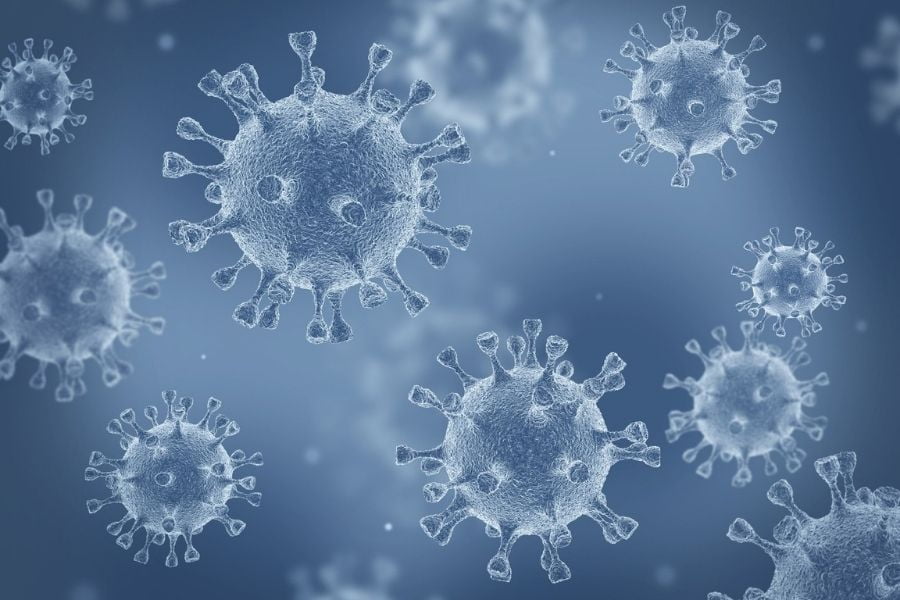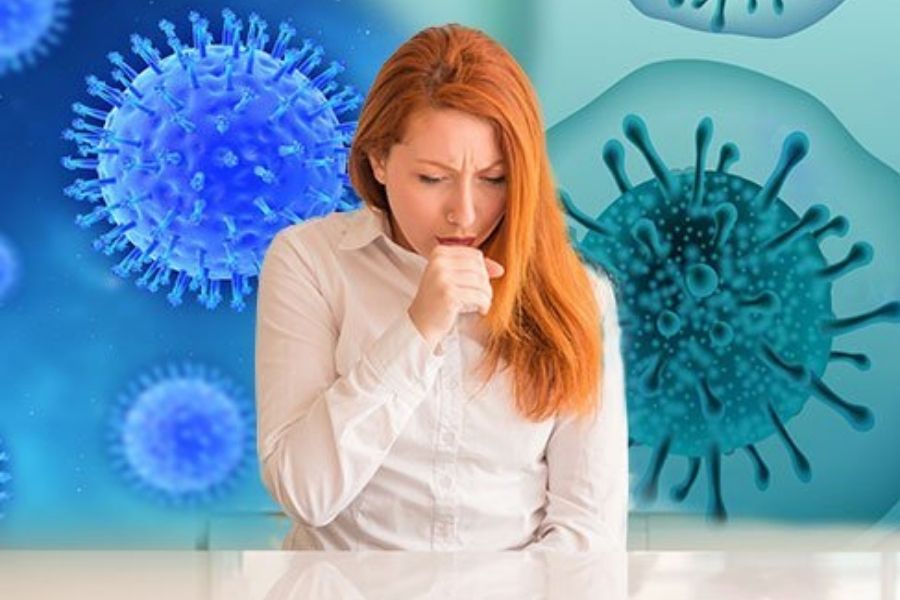Coronaviruses or (CoV) are a family of viruses that can create and cause illness ranging from the common cold to more severe state like Middle East Respiratory Syndrome (MERS-CoV) and Severe Acute Respiratory Syndrome (SARS-CoV).
A new type that has created a recent outbreak of respiratory illness called COVID-19 that originated in China. It is an infectious viral disease caused by a new virus that had not been identified previously in humans, and it is characterized by mild symptoms like a runny nose, sore throat, fever, and cough. The condition can be more severe for certain people and can lead to pneumonia or other breathing difficulties. So how will you detect whether one has a COVID-19 virus in their body?
The fast spread of the virus that causes COVID-19 has recently sparked an alarm worldwide. The World Health Organization (WHO) stated and declared this coronavirus outbreak as a pandemic. Be aware of it and consult your doctor immediately if you are facing any problems. Wear your masks and carry hand sanitizer with you.
Hypothesis Associated With The New COVID-19

In 2019, the Centres for Disease Control and Prevention started observing and monitoring the outbreak of a new coronavirus, SARS-CoV-2, which causes a respiratory illness known as COVID-19. Authorities first recognized it in Wuhan, China. Around 74,000 people got contaminated with the virus in China.
The World Health Organization has declared it a public health emergency relating to COVID-19. The Centres for Disease Control and Prevention has advised that it is very likely to spread to more people as it has started and gradually spread in at least 25 other countries.
It is assumed that the first people with COVID-19 had links to an animal from the seafood market. It suggested that animals initially transmitted the virus to humans. But people with a more diagnosis speculated that it had no such connections with or exposure to the market, confirming that humans can pass the virus among each other.
Statistics On COVID-19
Stages Of COVID-19
WHO classified the stages of COVID-19 using information from the people with a confirmed diagnosis.
| Stages | Percentage of people with COVID-19 |
|---|---|
| Mild disease from which a person can recover quickly. | More than 80% |
| Severe illness-causing breathlessness and pneumonia | 14% |
| Critical disease, septic shock, respiratory failure, etc. | 5% |
| Fatal disease | 2% |
The Symptoms Of The COVID-19 Virus

There are a few symptoms that help to detect whether one has a COVID-19 virus in their body. If you know it, consult your doctor immediately.
- It is usually characterized by mild symptoms, including a runny nose, sore throat, cough, and fever. But it can be more severe for some people and can lead to pneumonia/breathing difficulties.
- Cold or flu-like symptoms usually set in from 2–4 days after infection and are mild.
- Symptoms might vary from person-to-person, and some forms of the virus can even be fatal.
Symptoms If You Have Been Exposed To The Novel COVID-19
- Common symptoms are fever, dry cough, tiredness, etc.
- Sore throat
- Sneezing
- Runny nose/nasal congestion
- Asthma
- Diarrhea
- Difficulty in breathing (in severe cases)
- There are also people who become infected but didn’t develop any symptoms.
Emergency Signs For COVID-19

Try to get medical help and contact a physician or doctor over a call as quickly as possible to avoid spreading if you feel sick and have symptoms. If you are having trouble breathing or any emergency warning signs, be sure to get help as this virus can lead to pneumonia, septic shock, and fatal. Hence, contact your doctor and tell them about your symptoms.
- Difficulty in breathing
- Pressure in the chest
- Shortness of breath
- Persistent pain
- Bluish lips or face
Try to follow health care instructions from your healthcare provider and local health department.
According to a few researchers in China, the common symptoms among people who had COVID-19 are given below.
- Fever: 83%-99%
- Cough: 59%-82%
- Mucus/phlegm: 28%-33%
- Fatigue: 44%-70%
- Shortness of breath: 31%-40%
- Body pain: 11%-35%
The Difference Between Normal Flu And COVID-19
| Symptoms | Flu | COVID-19 |
|---|---|---|
| Fever | High (100-102 F), can last 3 days | Very common |
| Headache | Intense | Can be present |
| General aches | Usual, often severe | Can be present |
| Fatigue | quite intense, can last up to 2 weeks | Can be present |
| Extreme exhaustion | Usual (starts early) | Can be present |
| Stuffy or runny nose | Sometimes | Already has been reported |
| Sneezing | Sometimes happens | Has been reported |
| Sore throat | Quite common | Has been reported |
| Cough | Common, AND can become severe | Quite Common |
| Shortness of breath | Rare | In more serious infections |
Remember The Vulnerable Groups

Older people and others with medical problems like diabetes, asthma, or heart disease are exceptionally vulnerable to becoming severely ill. Some people become infected but don’t usually develop any symptoms or feel unwell. About 80% of people have recovered from the disease. It is stated and speculated that around one out of every six people who have COVID-19 becomes seriously ill and develops breathing difficulty.
Read Also: Boost Up Your Immunity Against The COVID 19







